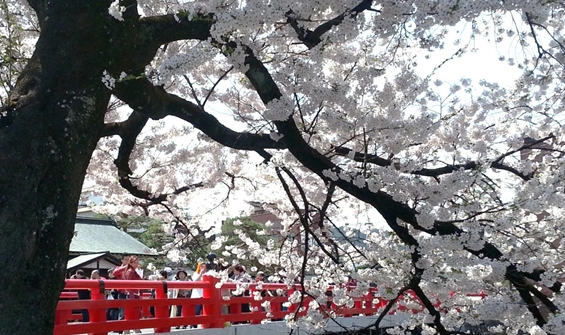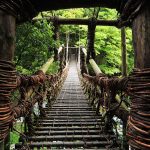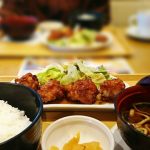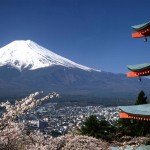Japan’s Four Seasons
Japan’s Four Seasons (四季)
We are based in Melbourne where there is a well-known phrase, “Four seasons in one day”. Melburnians are proud of our characteristic climate and, also, I am personally intrigued by the sound of the phrase itself (but not by the actual climate, just the phrase!). It means the weather, or especially the temperature, fluctuates dramatically in one day, so you might need to carry “three sacred treasures” – sunnies, a collapsible umbrella and a jacket/shawl.
However, don’t worry, Japan’s four seasons are not all in one day. Once it is in a particular season, the temperature is quite stable in the day time. Japan is in the Northern Hemisphere, so the seasons are precisely opposite to Australia.
Spring 春(Haru): March – May
The blooming of plum blossoms symbolises the end of winter, then cherry blossoms follow. The cherry blossom, or sakura, is a pale pink and these lovely flowers will enchant you! Why don’t you try a ‘Hanami (花見)’ party under the full bloom cherry trees at a park, as many Japanese people do, celebrating the coming of spring. May is the end of spring and a lot of the tender greens are getting darker. Even if you miss the blooming of cherry blossoms, the beautiful new green foliage is there to welcome you to Japan. Spring weather is stable, lots of sunshine, less humidity, nice warm days. Spring in May is one of my favourite seasons.

Summer 夏(Natsu): June – August
The Japanese summer starts with a rainy season, called ‘Tsuyu (梅雨)’. Once the rainy season has finished, a hot and humid summer arrives. However, Hokkaido has no rainy season so the humidity is a lot lower. Tohoku also has less humidity and comfortable temperatures. These areas are among the best destinations to escape the heat and humidity. If you are considering travelling around Hokkaido and Tohoku, we recommend that you visit during summer.
Many vibrant summer festivals and fireworks shows are held all over Japan in summer. You can enjoy a trip to any region of Japan, where the longer days allow you to spend more time exploring and escape the Aussie winter!

Autumn 秋(Aki): September – November
After the hot and humid summer, the temperature cools down and the weather becomes mild, which gives you more fresh air and clear skies. Mountains, forests, gardens and parks change their wardrobe for the autumn offering a display of gorgeous colours. Take note, though, that typhoons tend to occur from September to October.
Autumn is called ‘Shokuyoku no Aki (食欲の秋)’, which means ‘Autumn is the season for eating’, or literally, ‘appetizing autumn’. One of the reasons for this is that many delicious vegetables, mushrooms, fish and fruits come into season, including the beautiful Japanese rice. Savour the delicious, authentic Japanese food, seasonal dishes and local specialities with stunning coloured leaves in the Japanese Autumn!

Winter 冬 (Fuyu): December – February
The Japanese winter is pretty dry and cold but with regular sunny days. It’s time to enjoy snow activities such as skiing, snowboarding, snow festivals and even just watching and feeling the snow fall! Many snow resorts will open in early December in Eastern Japan (Central to North of Japan). The West and South of Japan does not have very much snow and the weather is pleasant and mild. If you are not into snow sports, the natural scenery, dressed up in snow, will show you a totally different expression of Japan and will captivate you. Let’s get a warmed up by soaking in an Onsen (温泉) hot spring bath and sipping Japanese sake with a Nabe (鍋) hot pot.






